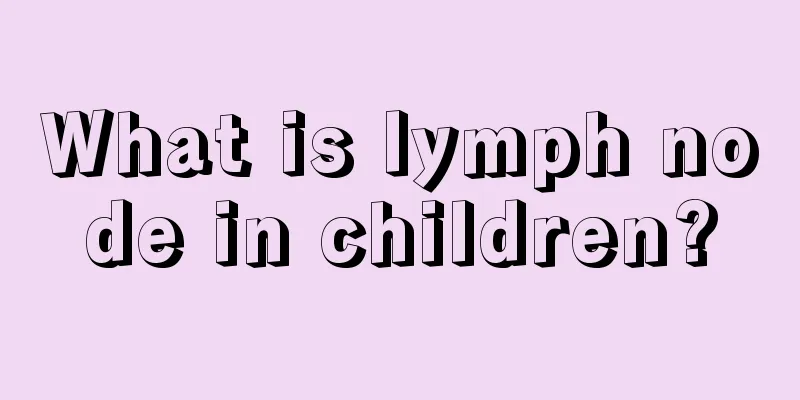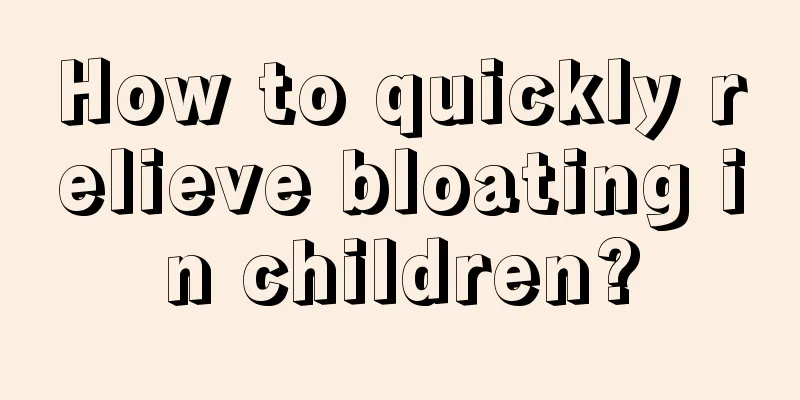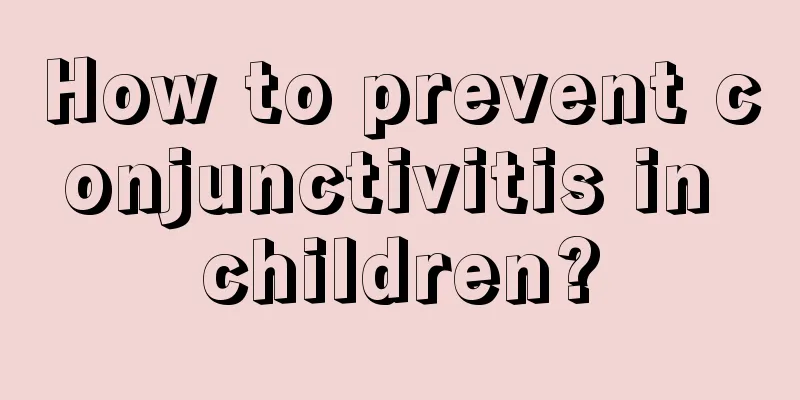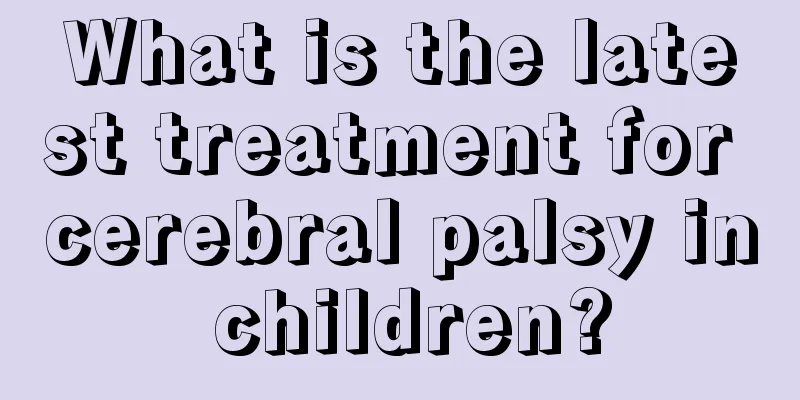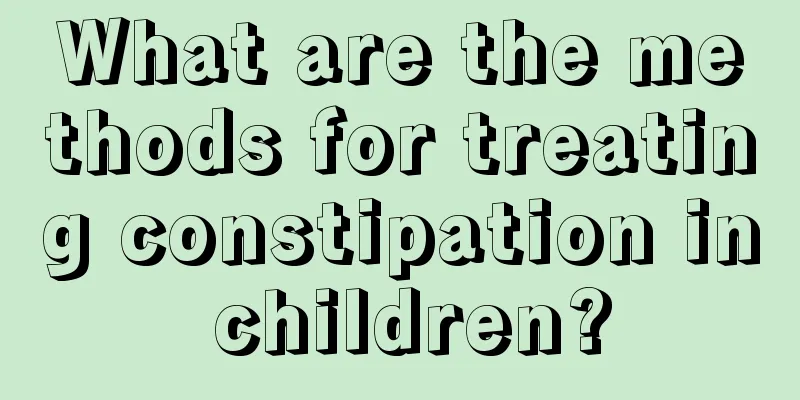Gingival hyperplasia in children

|
Gingival hyperplasia is a condition that is more common in children. There are many reasons for this condition, including adverse reactions caused by taking certain medications, leukemia, constant mouth breathing, or lack of attention to oral hygiene. When faced with this disease, parents need to take timely measures to treat it. Here we will introduce what to do if children have gingival hyperplasia. Treatment for gingival hyperplasia depends on the cause of the disease: 1. Hyperplasia caused by drugs will disappear automatically after stopping the drugs. If you are deficient in vitamin C, you can take vitamin C orally or by intramuscular injection, 600-800 mg per day, or eat more fresh vegetables and fruits, and eliminate local irritation. In this way, the gums will generally return to normal. 2. Caused by leukemia: This disease should be treated by internal medicine, and all oral stimulation or surgery is prohibited. 3. Caused by breathing through the mouth: It can be corrected by curing nasal diseases and developing the habit of breathing through the nose. 4. Caused by malocclusion: The scope of this hyperplasia is limited to a certain extent. It can be restored to normal by keeping the oral cavity clean and correcting the malocclusion. 5. Caused by poor oral hygiene: As long as you remove the dirt and keep your mouth clean, the hypertrophic gums will immediately return to normal. For those who cannot recover, gingivectomy can be performed. 6. Gingival tumor: It can be treated surgically, but the surgery must be thorough, otherwise it will recur. Treatment: 1. Stop medication or switch to other medications This is the most fundamental treatment for drug-induced gingival hyperplasia, but the patient's systemic condition often does not allow discontinuation or replacement of medication. Therefore, it is best to adopt methods such as alternating with other drugs with the assistance of an internist to reduce side effects. 2. Remove local irritants Perform a scaling procedure to remove plaque, tartar, and any other irritants. In some mild cases, gingival hyperplasia can be significantly improved or cured after treatment. 3. Local drug treatment For some patients with obvious gingival inflammation, the gingival pockets can be rinsed with 3% hydrogen peroxide solution, and a drug film or iodine preparation can be placed in the pocket, and an antibacterial mouthwash can be given. Further treatment can be performed after the inflammation is relieved. |
<<: Symptoms of flatulence in children
>>: Why does my baby always fall down when walking recently?
Recommend
Neonatal genital malformations
In our lives, many babies will have deformities a...
Why is half of the child's face swollen?
Children are very magical creatures. They often h...
No hair on the back of the head
Some mothers find that their babies have no hair ...
Yellow discharge in newborn baby
After the baby is born, mothers pay attention to ...
Is it harmful for children to have a fever?
Many parents, when they find their children have ...
If parents are short, can children grow taller?
Generally speaking, if parents are short, they wi...
What should I do if my child suffers from constipation?
Children's gastrointestinal function is relat...
What is the best food for children with upper respiratory tract infection?
Children are the apple of their parents' eyes...
What does the newborn screening test?
Babies are very important to parents. Parents pay...
What should children eat to be good for their eyes? Eat more of these foods
Eyes are very important, and eye problems can hav...
What to eat for 8-month-old baby with constipation
In people's minds, constipation only occurs i...
What is congenital heart disease screening for infants and young children?
Congenital heart disease is a very serious diseas...
The harm of picky eating in children
Each type of food has its own irreplaceable nutri...
What should I do if my 2-year-old baby is nearsighted?
Due to factors such as improper diet or long-term...
What should I do if my child has a cough for half a year?
In life, people will encounter some difficult dis...
